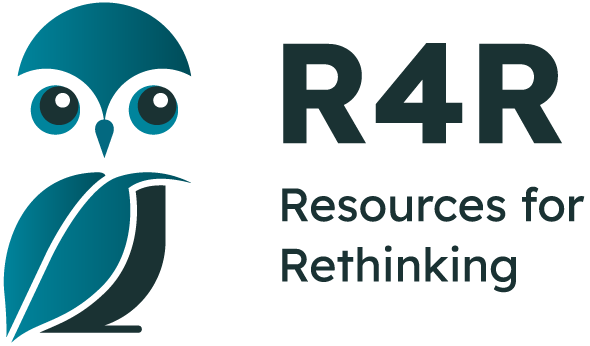- Home
- Tutorial
- Resource Guides
- Focus Areas
- LSF Programs
-
Professional
Development - Review Process
-
A project of LSF

Search for Resources

Resources
-
Re-thinking Progress
'Re-thinking Progress' explores how through a change in perspective we can re-design the way our economy works. It suggest that we move from our current liner economic structure based on take, make, and dispose to a circular economy where we build...
Full curriculum matchAvailable for download -
Olivia's Birds and the Oil Spill
Eleven year old Olivia is a naturalist and ardent birdwatcher who delights in the extraordinary biodiversity surrounding her home along the Gulf of Mexico. Unfortunately, she also experienced the Deepwater Horizon oil spill, one of the most catastrophic...
Full curriculum matchAvailable for download -
In the Snow: Who's Been Here?
With its stunning illustrations and simple text this book will engage and amuse students while they learn about animal signs. On a chilly winter day Cammy and William go sledding in the woods near their home. As they pass through the trees...
Full curriculum matchAvailable for download -
The Story of Change
In the Story of Change, Annie Leonard argues that it's not bad shoppers who are putting our future at risk; it's bad policies and business practices. Annie takes viewers through an exploration of what effective change making has looked like through...
Full curriculum matchAvailable for download -
Snow Fleas
This simple activity serves as an excellent companion to the Late February Nature Guide and offers teachers an easy and enjoyable means of getting students outside in winter. It provides suggestions for organizing a successful search for snowfleas/springtails...
Full curriculum matchAvailable for download -
The Story of Electronics
The Story of Electronics employs the Story of Stuff style to explore the high-tech revolution's collateral damage - 25 millon tons of e-waste and counting with public workers and a public left holding the bill. Host Annie Leonard takes viewers from the...
Full curriculum matchAvailable for download -
BT Corn
Scientists are now able to insert the gene Bacillius thuringiensis or Bt into farmer's crops in order to prevent hostile takeovers by pests But what happens when the pest become resistant and prevail to such an extent that Bt in the form of spray, used...
Full curriculum matchAvailable for download -
Deer in The Yard
This engaging outdoor activity will allow students to experience first hand the stress that winter places on many of our iconic animal species. Building on the Late February Nature Guide's example of white-tailed deer this simulation allows students...
Full curriculum matchAvailable for download -
Why the Ocean Matters
Covering 72% of the Earth, the oceans supply half of its oxygen, regulate the climate, and provide much of our food and recreational opportunities. The ocean is our planet's support system and it is in danger. We have lost 90% of the big fish in the sea,...
Full curriculum matchAvailable for download -
The Sacred Balance, Part 1
The Sacred Balance examines our place in the natural world in the light of the sweeping environmental changes and the advances in scientific knowledge. Part 1 argues that we have lost the perspective of our indigenous ancestors who saw the world...
Full curriculum matchAvailable for download -
Sweet Deal
Developed to support a class excursion to the sugar bush, this resource offers specific suggestions to help link the experience to the curriculum. Prior to the field trip students chart temperatures and predict when the sap will start running. At...
Full curriculum matchAvailable for download -
The Sacred Balance Part 11
Sacred Balance part II "celebrates a new scientific world-view, an inclusive vision of nature in which we human beings are intimately connected to all life processes on Earth". Our physical bodies consists of the four sacred element - air, fire water,...
Full curriculum matchAvailable for download -
Indigenous Knowledge and Cultural Weather Perspectives
This four lesson resource was designed to support the Science 10 weather unit. Lessons examine cultural perspectives on weather and weather predictions with an emphasis on the Indigenous oral history of weather translating. Four activities are included...
Full curriculum matchAvailable for download -
Walking with the Earth- Pimohtiwin
This resource uses a nature walk to explore cultural perspectives on sustainability and to examine biodiversity within local ecosystems. First Nations beliefs and ideologies, about the interconnectedness of all things on planet earth are used as a springboard...
Full curriculum matchAvailable for download -
The Sacred Balance Part 111
"How we imagine the world, determines how we live in it." This is the central theme of David Suzuki's The Sacred Balance. This video illustrates the message with reference to the Bali farmers who plant their crops in "holy water"; the people of...
Full curriculum matchAvailable for download -
American Robin
This resource provides students and teachers with simple plans for constructing a 'nesting shelf'. The Early March Nature Guide draws attention to the first of our 'returning birds'. Among those mentioned is the American Robin. A great way...
Full curriculum matchAvailable for download -
The Pale Blue Dot
Images that show the Earth as a dot- a small stage in a vast cosmic arena - accompanied by Carl Sagan's narrative that reminds us of the role we have played on that stage - the rivers of blood that we have shed, the illusion that we have some privileged...
Full curriculum matchAvailable for download -
School Nest Watch Program Guide
This resource was developed in support of School Nest Watch, a monitoring program designed to give students first-hand experience with many of our local birds. The March and April nature guides draw attention to a number of interesting bird species....
Full curriculum matchAvailable for download -
Drive It Green
Students examine how fuel efficient and environmentally-friendly car choices are important from a personal, societal and global perspective. They then use this information to design greener transportation options for their families. Activities in the...
Full curriculum matchAvailable for download -
A Guide to Growing a School Butterfly Garden
For teachers interested in a habitat conservation project that will provide students with a wide range of outdoor learning opportunities, butterfly gardening is definitely something to consider. In addition to being among our most beautiful and...
Full curriculum matchAvailable for download

